I dedicated much of 2023 and part of 2024 to thinking about cuttlefish, an alien-looking cephalopod that inhabits most of the world’s oceans. What captivated me most about cuttlefish is, somewhat predictably I suppose, their mesmerizing color-changing bodies. Their skin comprises three layers of platelets: chromatophores, iridophores, and leucophores, enabling them to manually select colors and automatically reflect hues from their surroundings to either camouflage or stand out, depending on the circumstances.
I am dually intrigued by their evolutionary success, despite retaining their inflexible cuttlebone. In contrast to other cephalopods who abandoned their shells and bones long ago, cuttlefish possess a hard, disklike structure, known as a cuttlebone, beneath their skin. While the cuttlebone’s purpose isn’t necessarily protective, it’s shape and placement within the cuttlefish body is reminiscent of an internal shell that suggests a rigid fortification meant to shield some sort of crucial softness.
In this age of overwhelming and inescapable 24-hour news cycles, where the constant inundation of information necessitates swift and careful reflection, I found myself turning to the cuttlefish for insight. I felt that perhaps cuttlefish have something to teach us about processing our surroundings and navigating the seemingly incessant condition of always needing to “move on”. Could they shed light on what it means to practice ethical visually literacy when, like cuttlefish, what we take in and what we reflect back is not necessarily a conscious decision? This body of work casts cuttlefish as a type of aquatic Atlas— shouldering an ancient artistic burden that asks its bearers to reflect and respond to their surroundings for public consumption while simultaneously carrying the weight of that which is reflected.
I’ve channeled my cuttlefish obsession into two separate, but interwoven avenues. The first is an experimental essay that combines autoethnographic prose, poetry and science writing for Black Flash’s 2024 spring issue, Surface. The essay uses the cuttlefish's colour and texture changing skin and the evolution of the cuttlebone as a thematic framework through which to contemplate how and why we create art in the current cultural and political moment. You can read it here.
The second is an installation of abstract forms and found object assemblages that take inspiration from the cuttlefish body and natural abilities. The installation also repurposes some of the poems in the essay, linking the two arms of the project and positioning the essay as a guide to the installation.
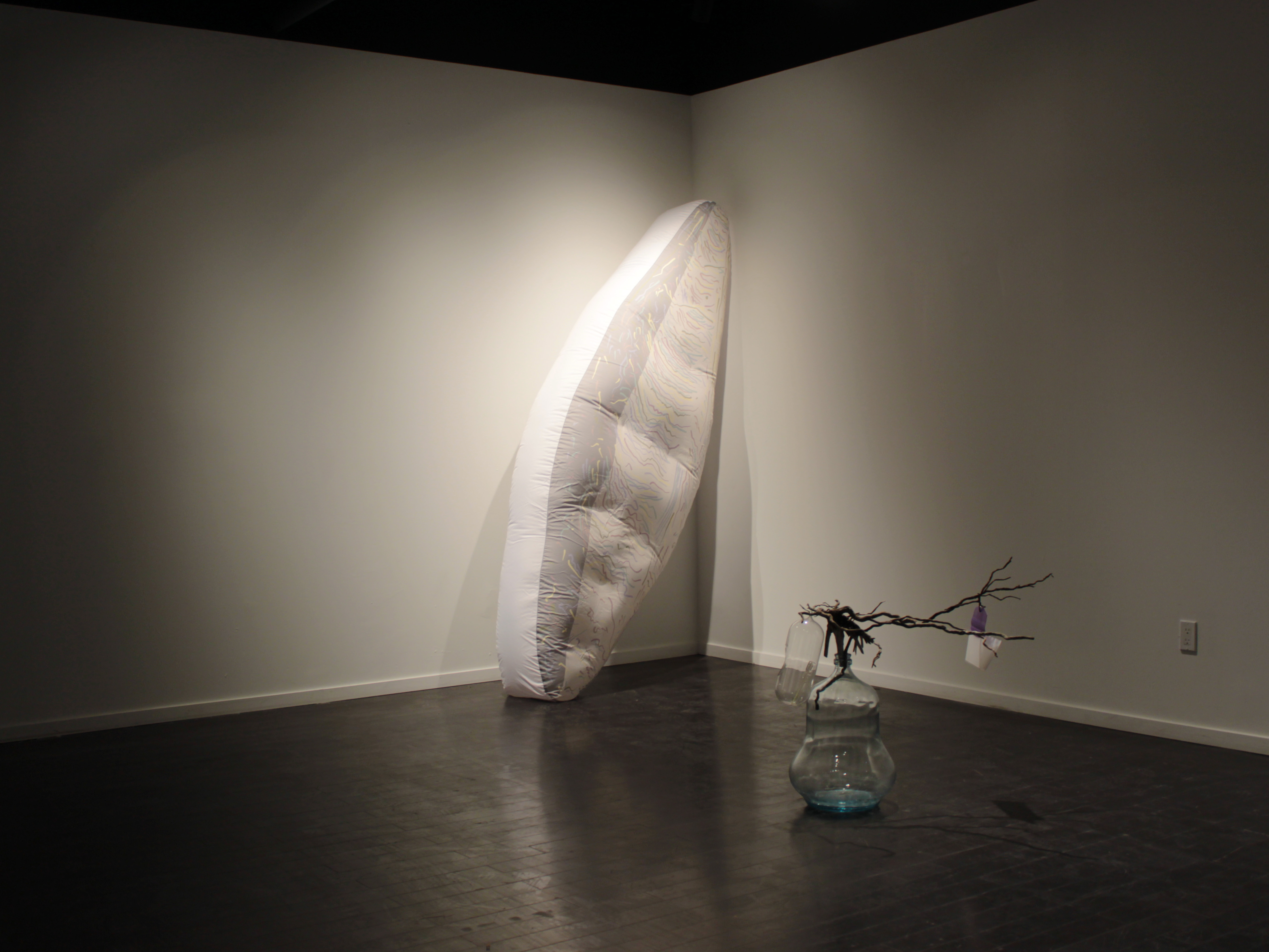
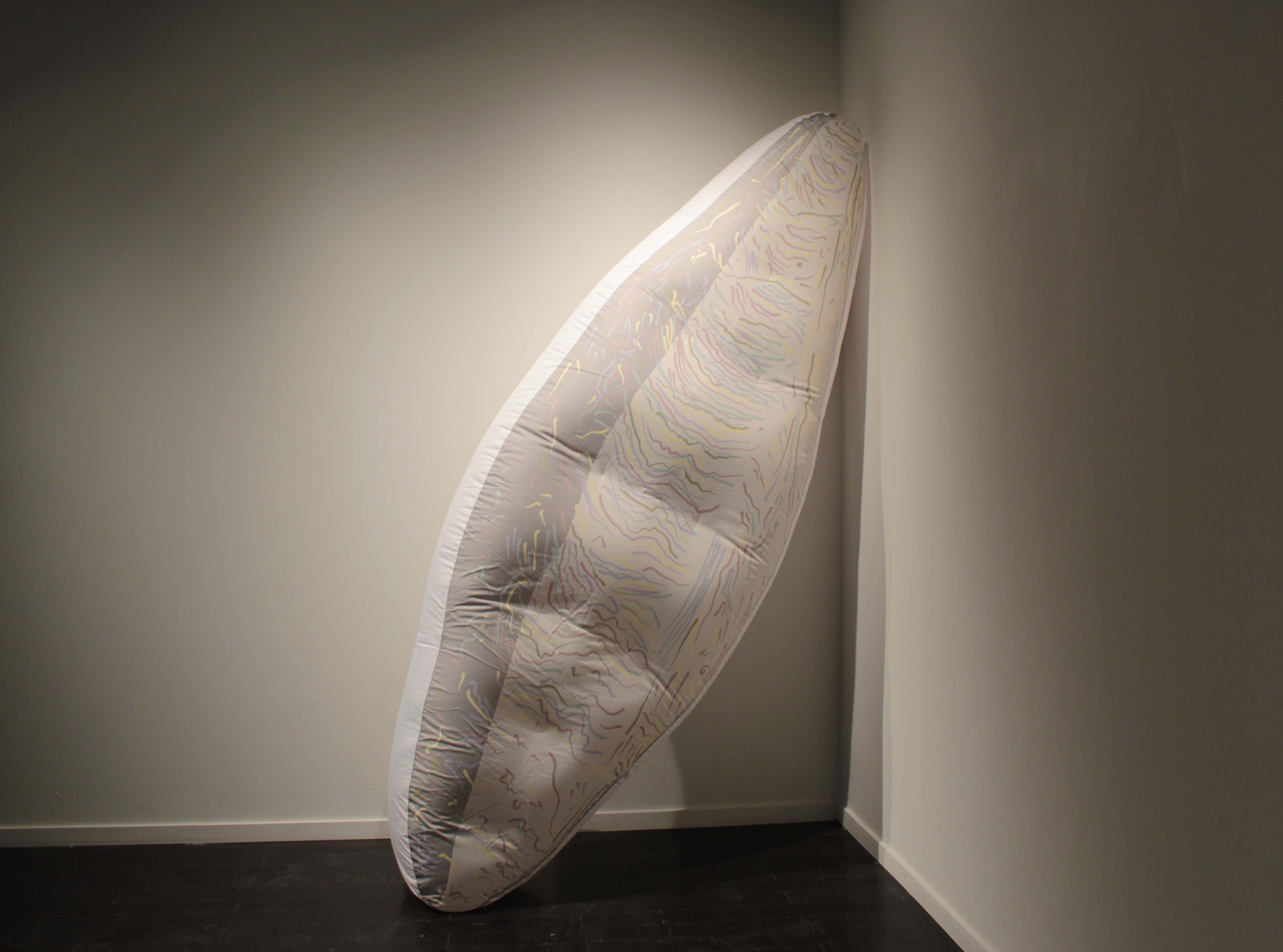
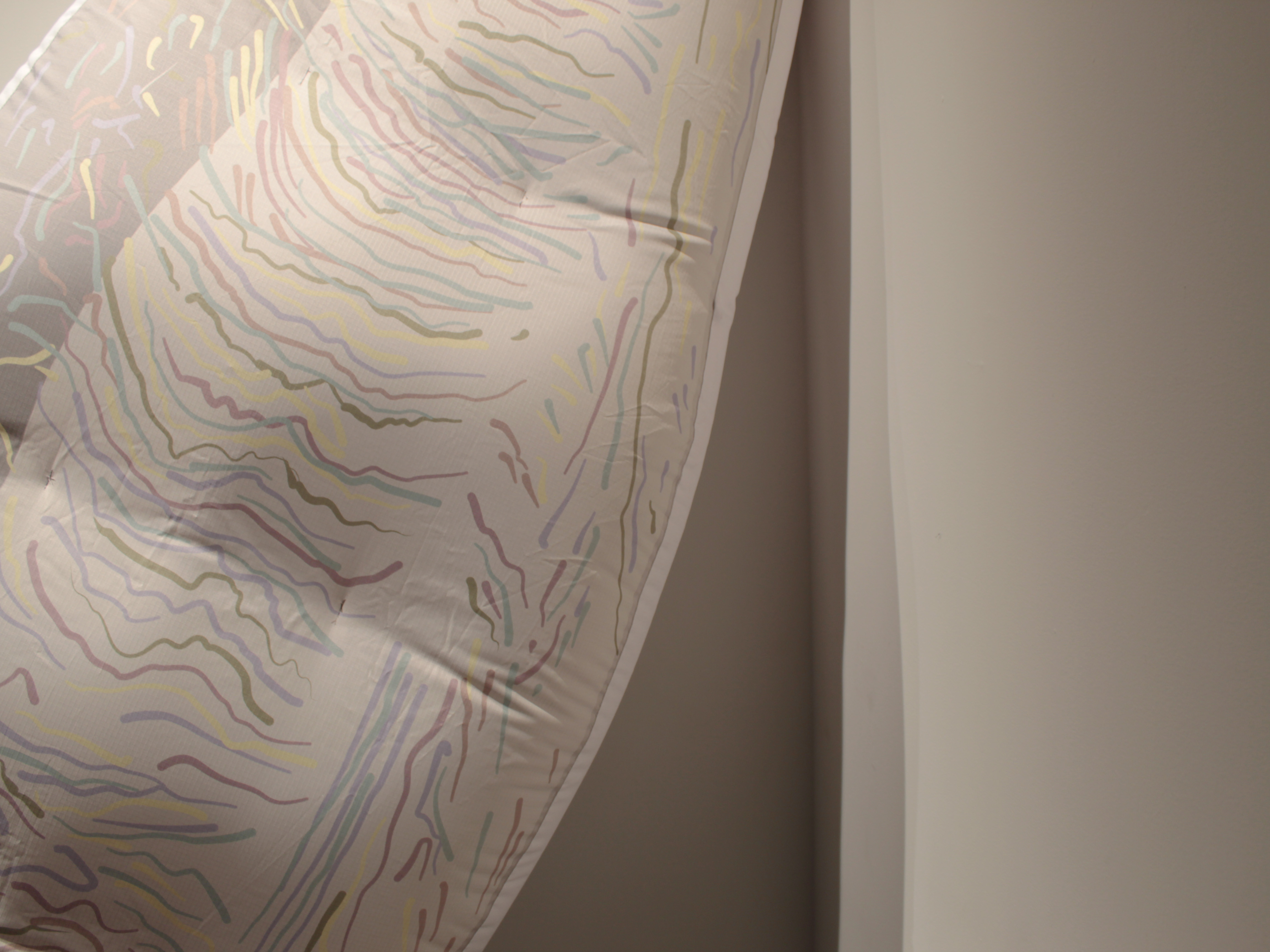
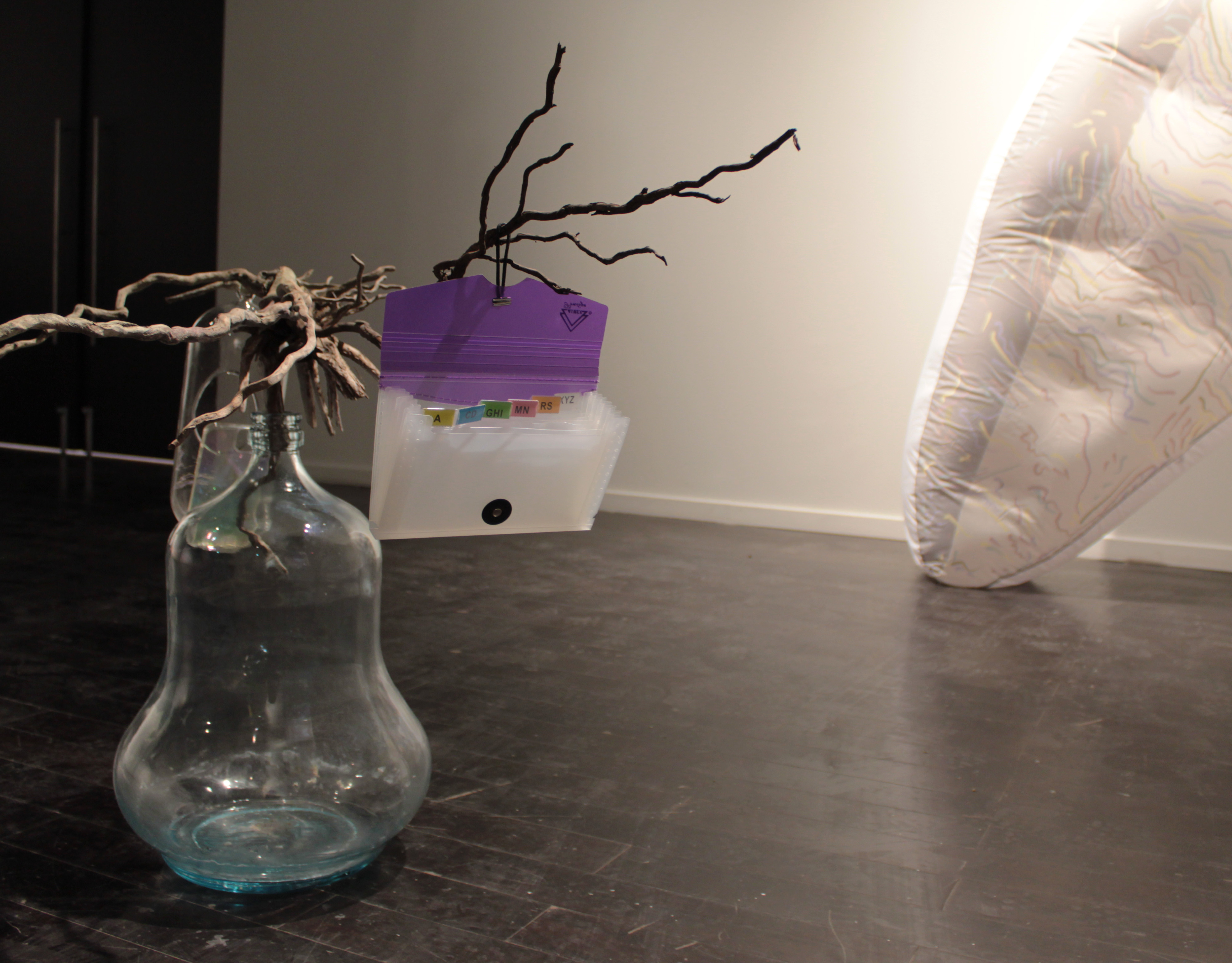
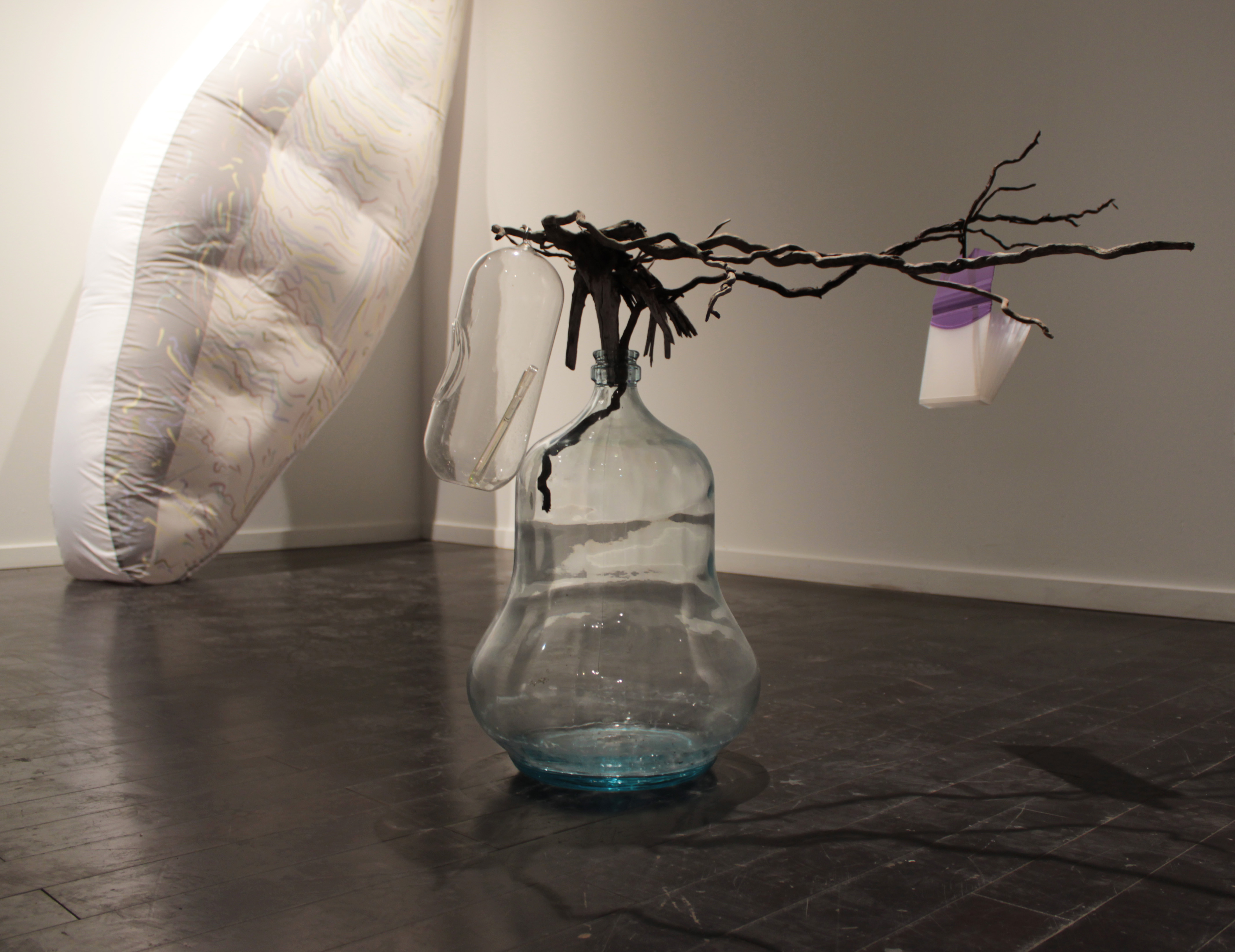





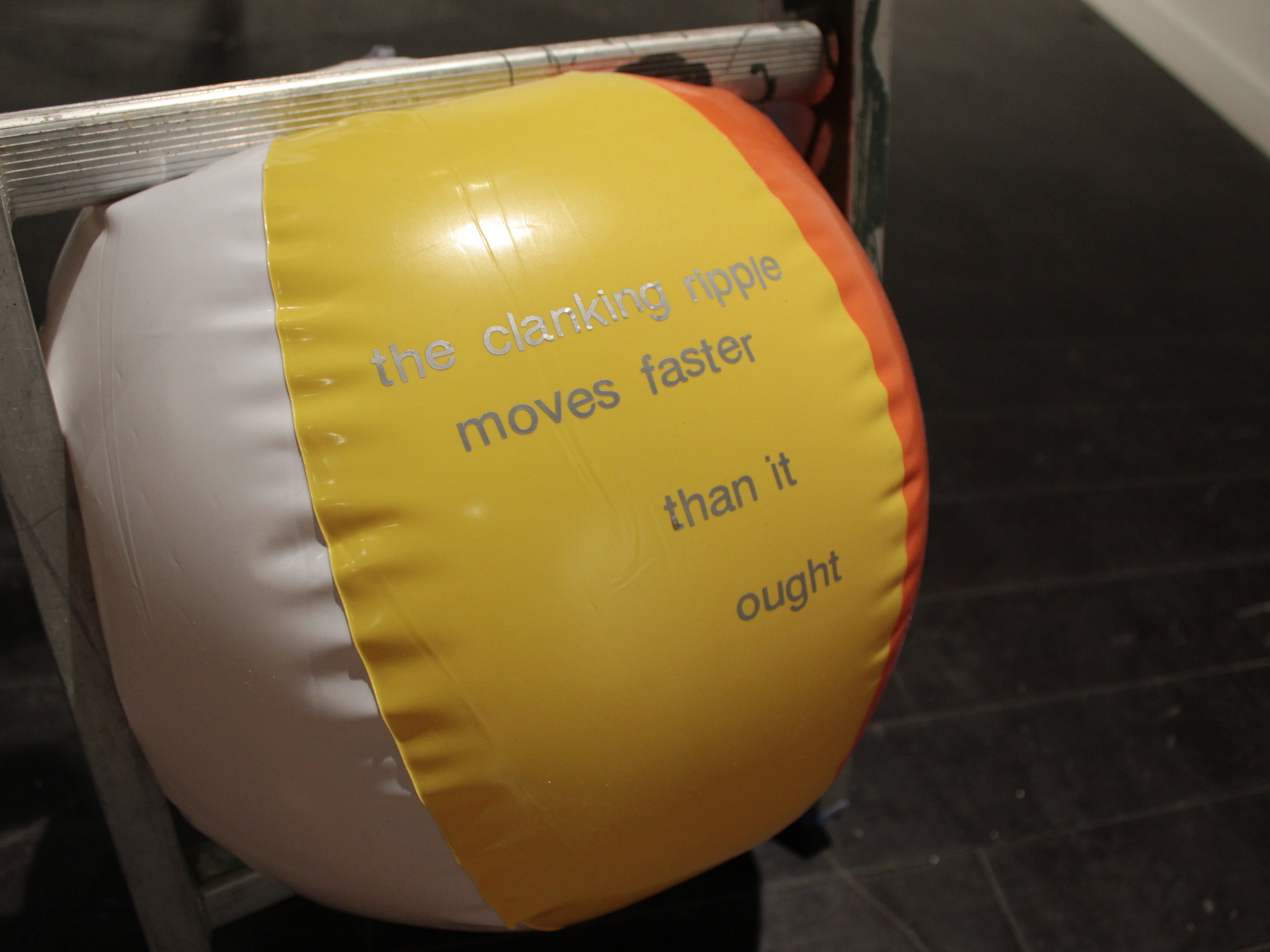
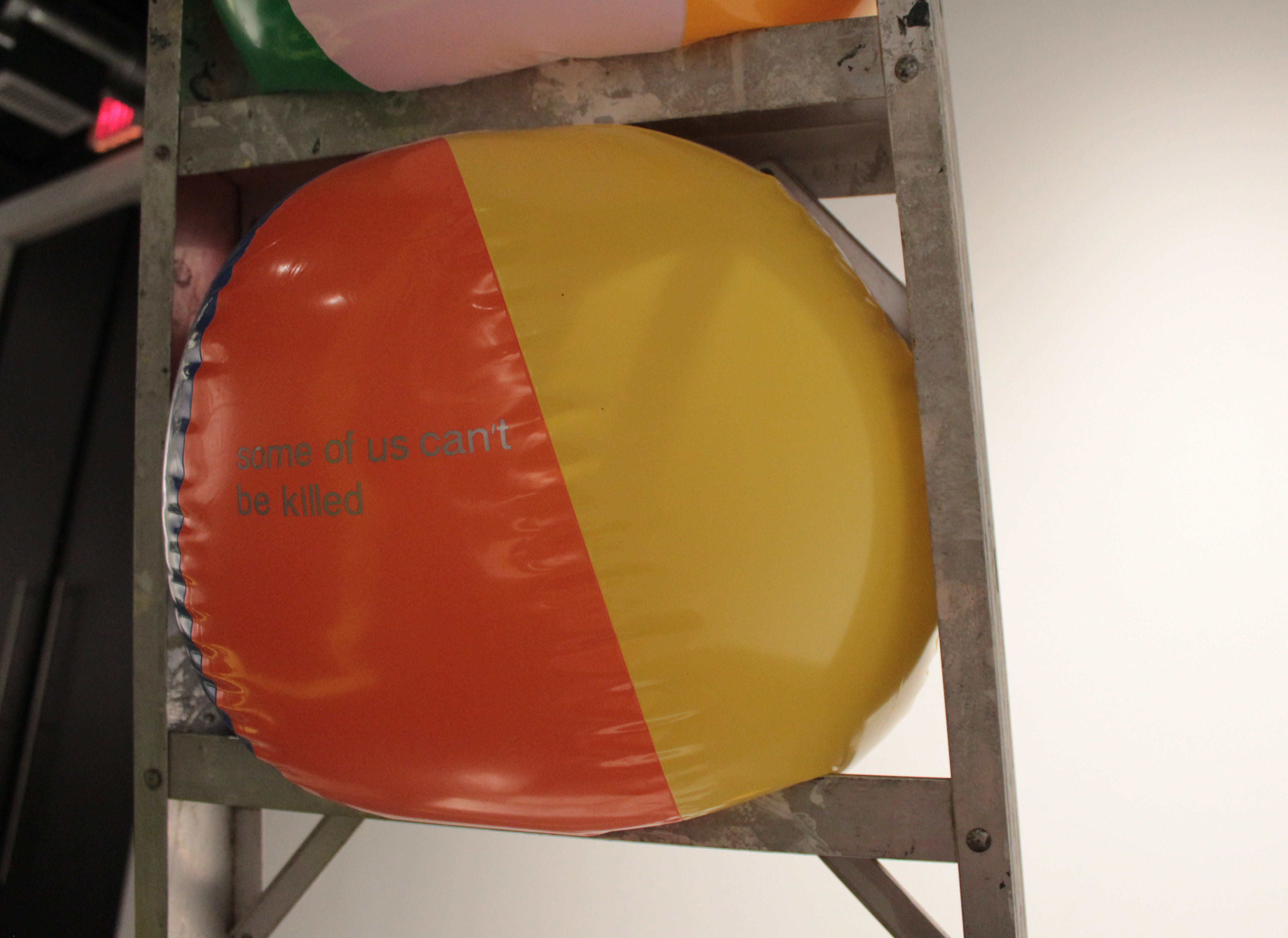
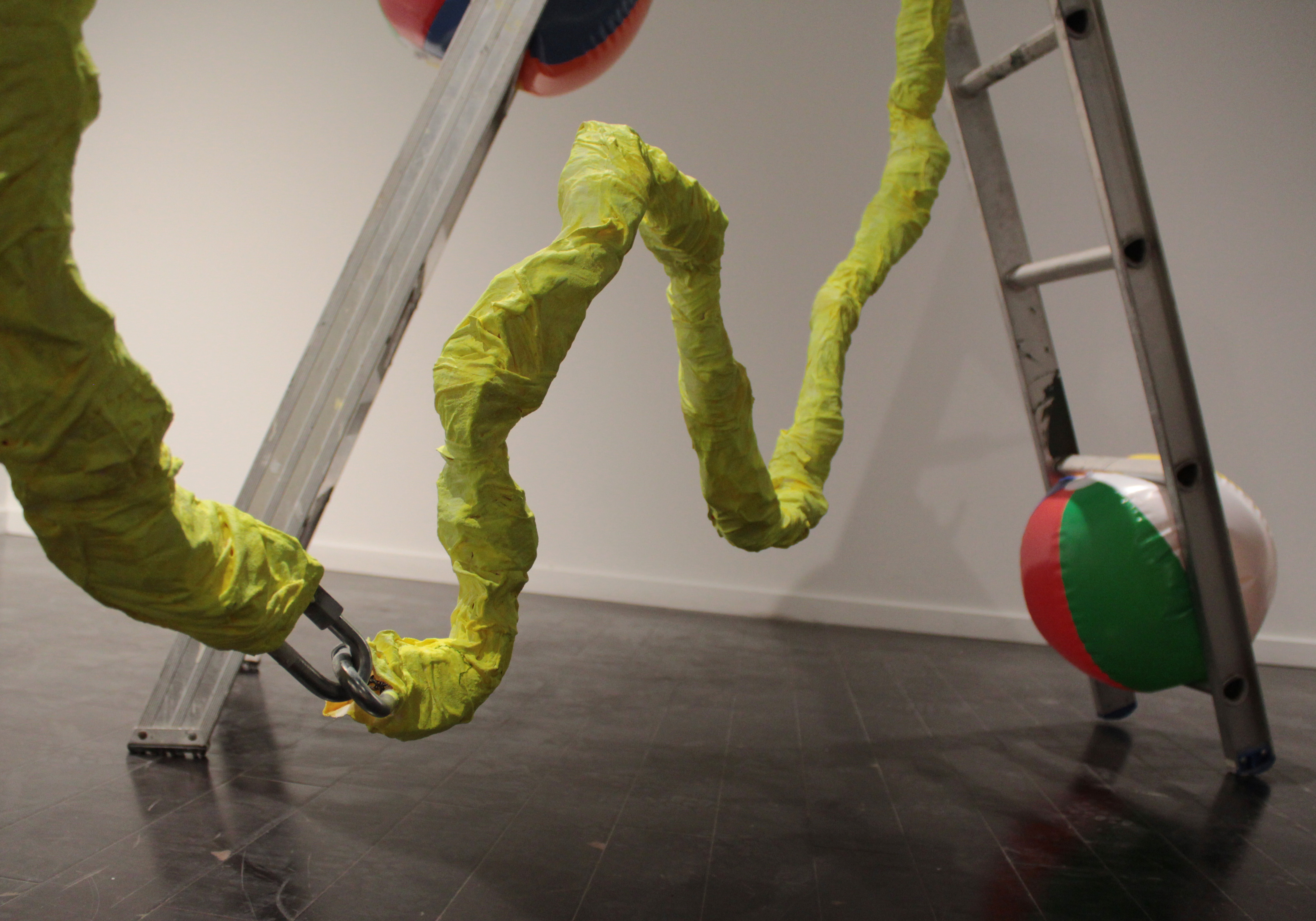


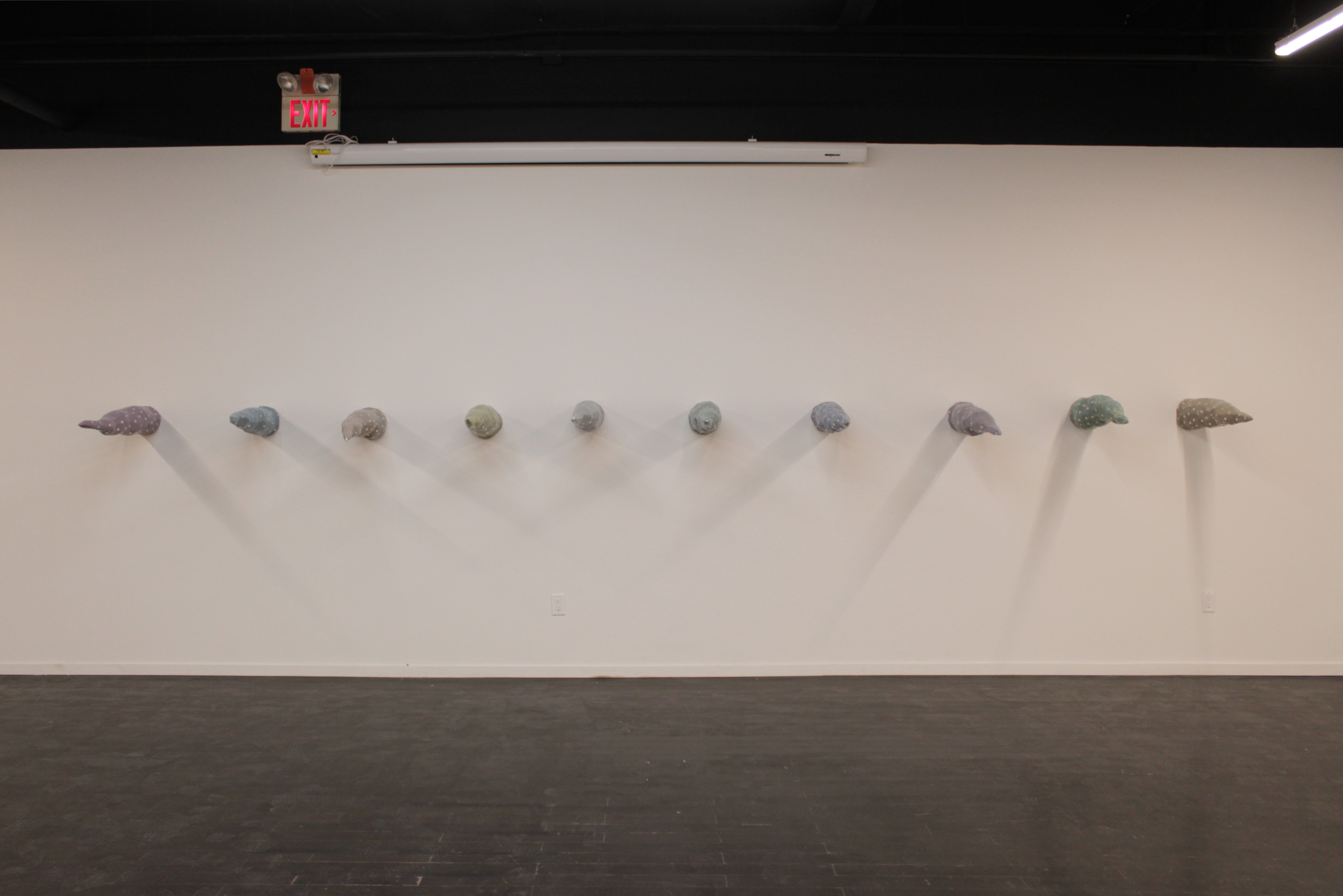

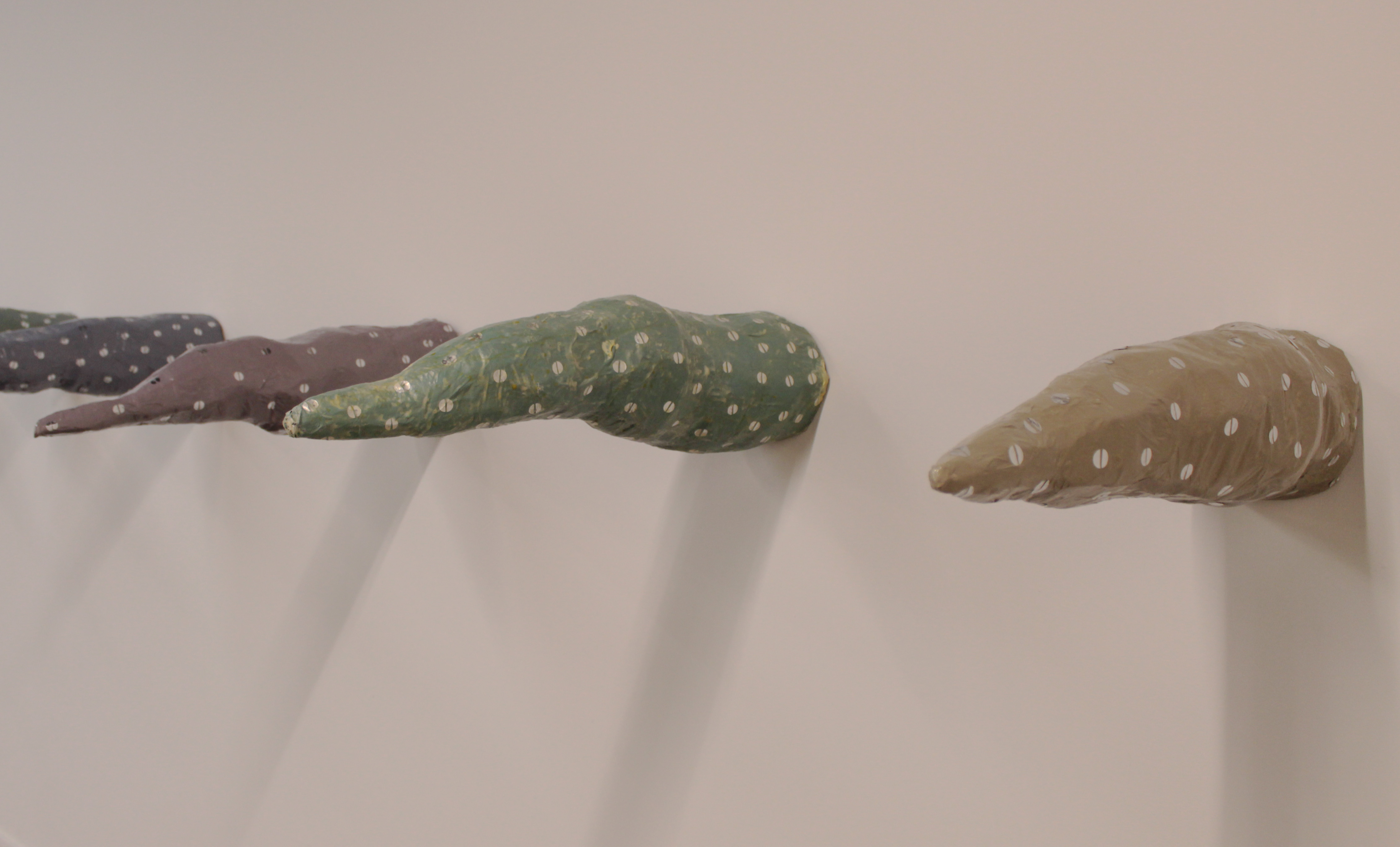
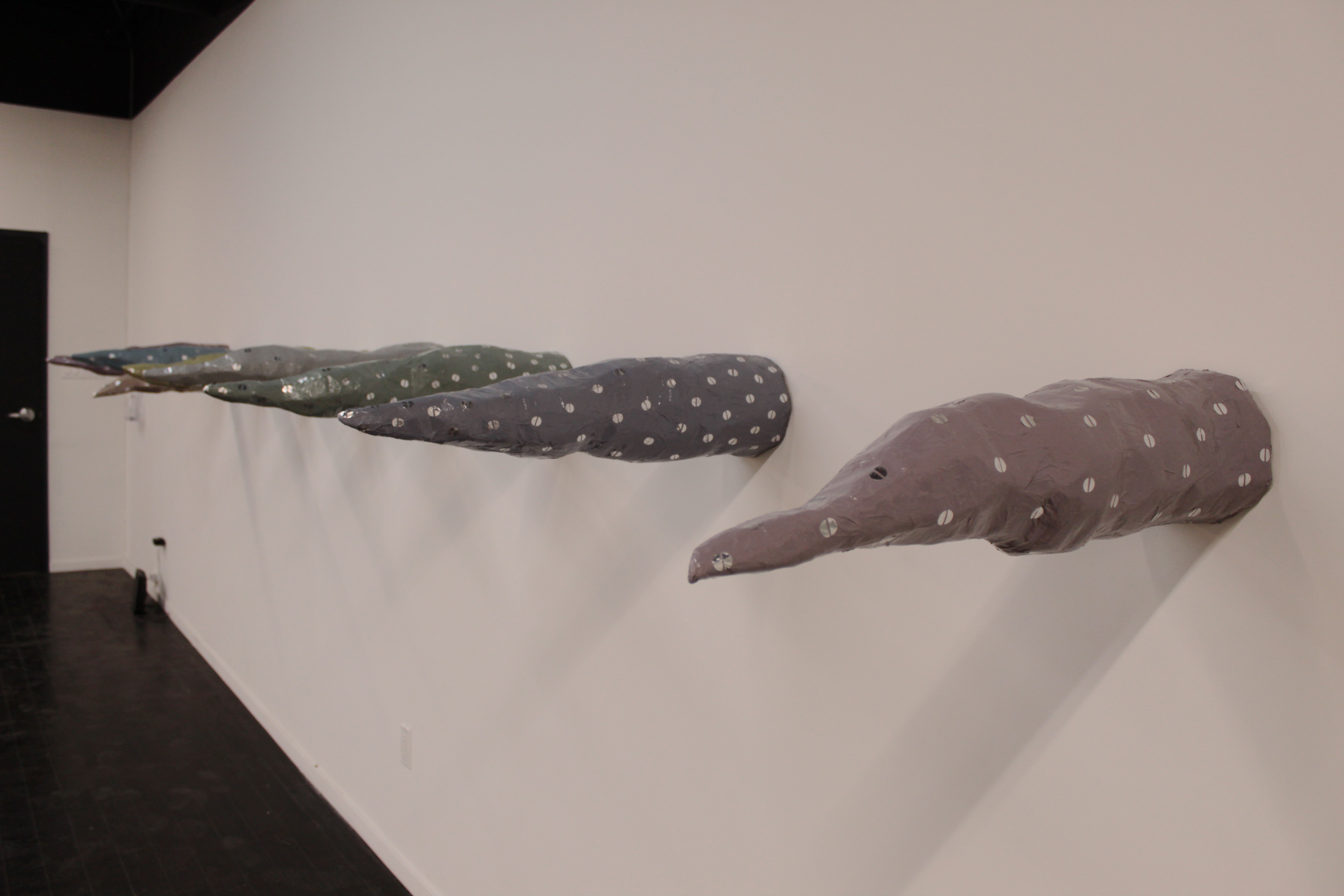





Thank you to the Region of Waterloo Arts Fund for supporting the creation of these sculptures.

Thank you as well to Inter Arts Matrix for allowing me to use your studio space for the photographs.